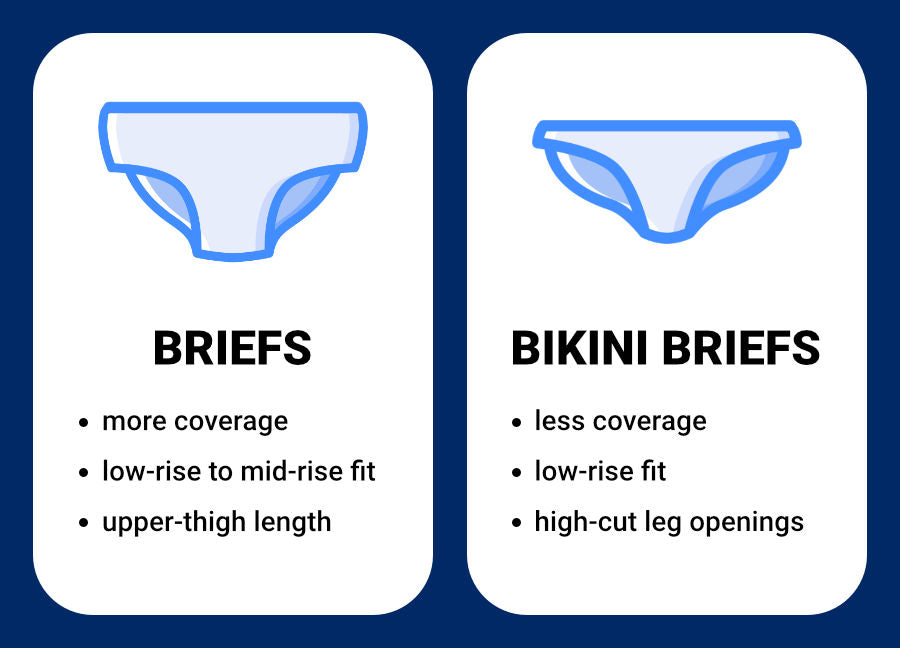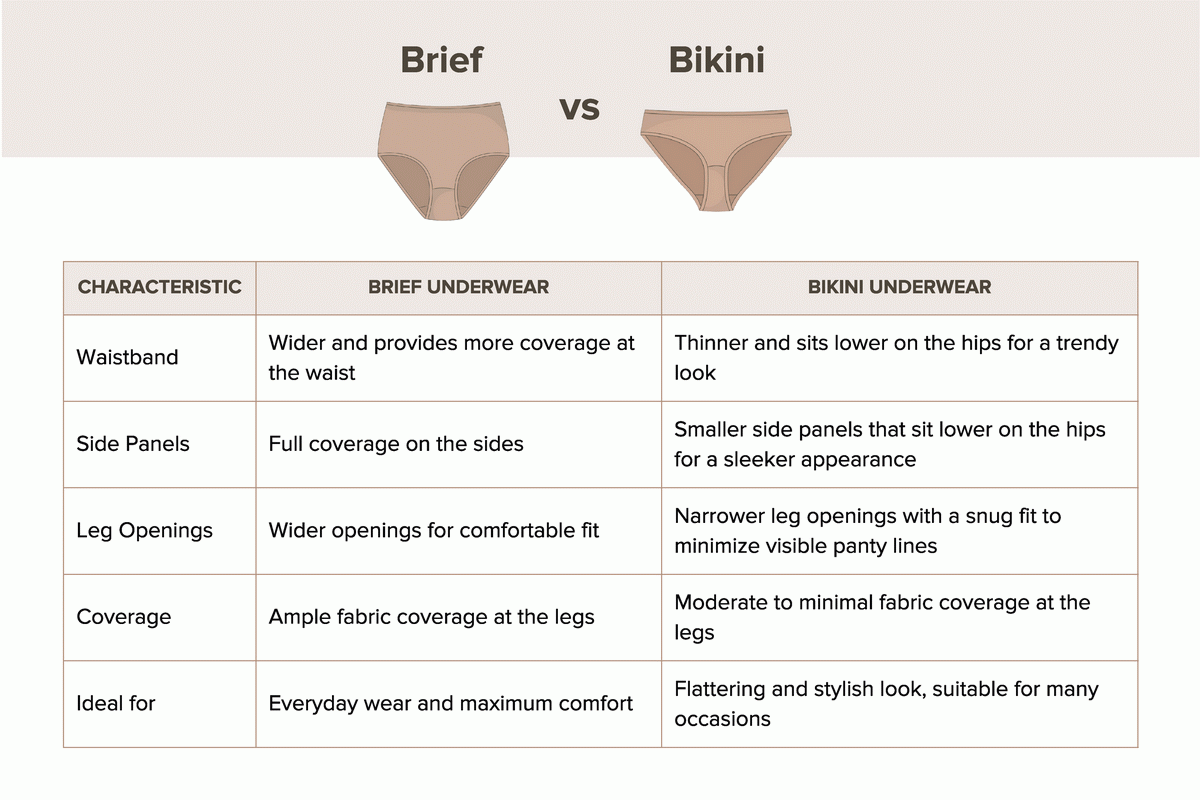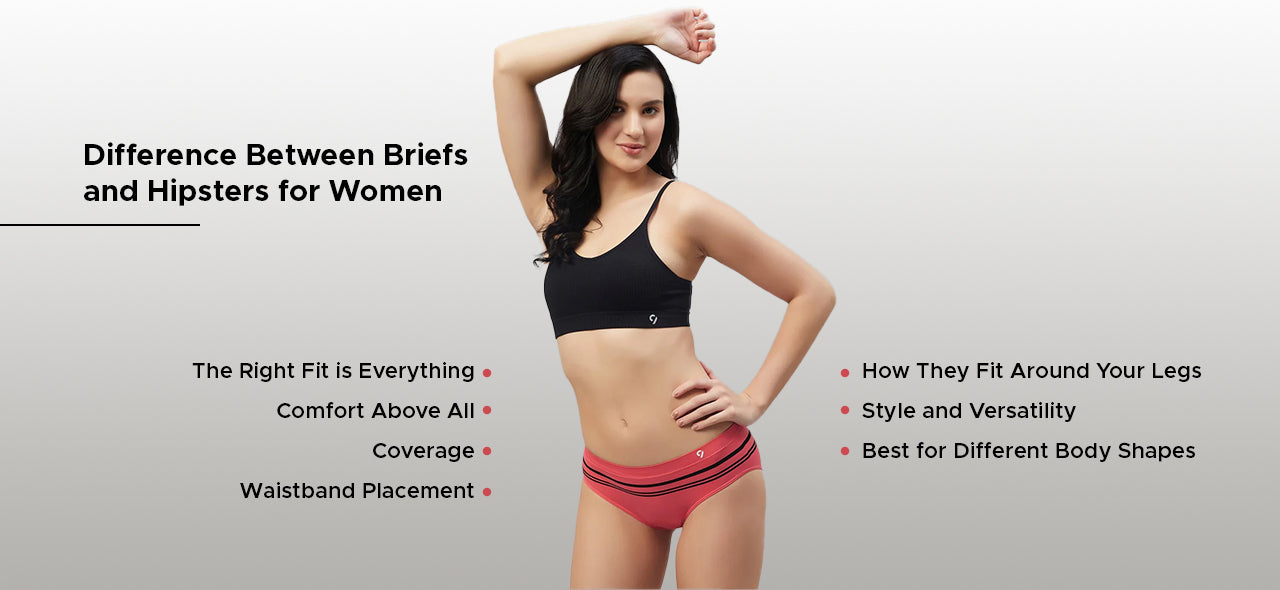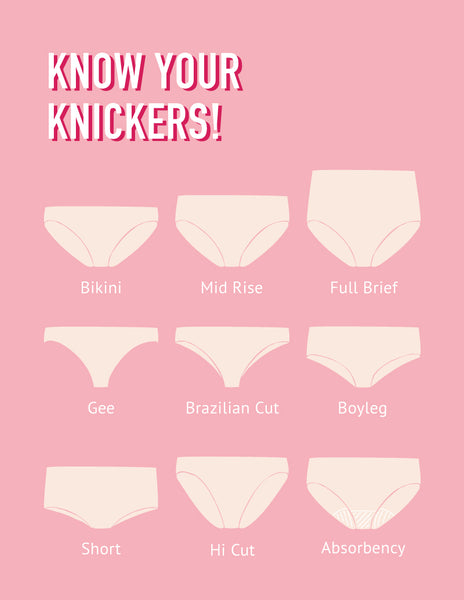Content Menu
● Understanding the Basics: Briefs
>> Key Features of Swim Briefs:
>> Ideal For:
● Exploring the Allure: Bikinis
>> Key Features of Bikini Briefs:
>> Ideal For:
● Briefs vs. Bikinis: A Detailed Comparison
● Design and Material Choices: A Deeper Dive
● Comfort and Support: Finding the Right Fit
● The Rise of the Hipster: A Middle Ground
● Understanding Body Types and Suitability
● Factors to Consider When Choosing Between Briefs and Bikinis
● The Manufacturing Perspective: Quality and Customization
● Understanding Fabric Technology in Swimwear
● Briefs vs. Bikinis: Impact on the Swimwear Market
● Sustainable Swimwear: A Growing Trend
● Conclusion: A Matter of Personal Preference and Smart Manufacturing
● FAQs: Briefs vs. Bikinis
>> 1. What is the main difference between briefs and bikinis?
>> 2. Which style is better for active use?
>> 3. Which style is more suitable for low-rise clothing?
>> 4. What is a hipster swimsuit?
>> 5. How do I choose the right style for my body type?
>> 6. What are the key features to look for in a high-quality swimsuit?
>> 7. How can I ensure the best fit when buying swimwear online?
>> 8. What are some sustainable options for swimwear?
>> 9. How does fabric technology affect the performance of swimwear?
>> 10. What are the latest trends in swimwear design?
● Citations:
As a Chinese swimwear manufacturer specializing in OEM services, understanding the nuances between different swimwear styles is crucial. This article dives deep into the "brief vs. bikini" debate, offering insights for brands, wholesalers, and manufacturers.

Understanding the Basics: Briefs
Briefs are a classic swimwear style known for their coverage and support. They typically feature a higher cut on the legs and a wider waistband that sits at or slightly below the natural waistline. They've been a staple in swimwear for decades, offering a reliable option for those who prioritize functionality and a sense of security.
Key Features of Swim Briefs:
* Coverage: Offers more coverage around the hips and thighs. This makes them a popular choice for individuals who prefer not to expose too much skin.
* Fit: Usually a low-rise to mid-rise fit. This fit ensures they stay in place during activities and provides a comfortable feel.
* Support: Provides ample support, making them suitable for active use. The snug fit helps keep everything in place, reducing movement and enhancing comfort.
* Material: Often made with supportive materials that offer stretch and hold. Fabrics like spandex, nylon, and blends thereof provide the necessary elasticity and durability.
Ideal For:
* Individuals who value comfort and a bit of extra fabric. Whether swimming laps or lounging by the pool, briefs offer a comfortable experience.
* Daily wear and moderate activities. Their secure fit makes them perfect for a range of activities from swimming to beach volleyball.
* Those seeking a more conservative look. For those who prefer not to show too much skin, briefs offer a modest yet stylish option.
Exploring the Allure: Bikinis
Bikinis, on the other hand, represent a more minimalist and revealing swimwear option. They feature a lower rise on the hips and high-cut leg openings. The bikini has revolutionized swimwear fashion, offering a bold and freeing alternative to more traditional styles.
Key Features of Bikini Briefs:
* Coverage: Less coverage on the hips and back. This makes them a popular choice for those who want to maximize sun exposure.
* Fit: Designed with a low-rise fit. The low-rise design enhances the silhouette and provides a modern, stylish look.
* Style: Offers a sleeker silhouette. The minimal design accentuates the body's natural curves, providing a flattering appearance.
* Material: Often made with lightweight, breathable fabrics. Materials like microfiber, lycra, and various blends ensure comfort and quick drying.
Ideal For:
* Those seeking a sexier look. The bikini is often chosen for its ability to highlight the body's natural assets.
* Low-impact activities. Perfect for sunbathing, relaxing by the pool, or gentle water activities.
* When a more streamlined swimwear choice is desired. Their sleek design makes them ideal for wearing under clothing or for achieving a minimalist look.

Briefs vs. Bikinis: A Detailed Comparison
| Feature | Briefs | Bikinis |
| Coverage | More coverage around hips and thighs | Less coverage on hips and back |
| Fit | Low-rise to mid-rise | Low-rise |
| Support | Ample support | Less support |
| Material | Supportive materials | Lightweight, breathable fabrics |
| Activity Level | More active days | Low-impact activities |
| Personal Style | Conservative and classic | Bolder, more revealing |
| Waistband | Sits at or slightly below the waist | One to three inches below the navel |
Design and Material Choices: A Deeper Dive
Both briefs and bikinis are available in various materials, but their designs cater to different body types and aesthetic preferences. Briefs generally use supportive materials that offer stretch and hold, making them ideal for active use. Materials such as nylon-spandex blends offer a snug fit while allowing a full range of motion. Bikinis often feature lightweight, breathable fabrics that enhance comfort and suit warmer climates or intimate occasions. Microfiber and lycra are popular choices for their soft feel and quick-drying properties.
The design elements also play a crucial role. Briefs often incorporate features like reinforced seams and elastic waistbands for added support and durability. Bikinis, on the other hand, may feature decorative elements such as ruffles, ties, or metal accents to enhance their aesthetic appeal.
Comfort and Support: Finding the Right Fit
Comfort is paramount in swimwear. Briefs provide ample support and coverage, reducing adjustments throughout the day. The snug fit ensures they stay in place, preventing any unwanted movement during activities. While bikinis offer less coverage, their minimal material can lead to less sweating and chafing, providing a different kind of comfort. The key is finding a fit that feels natural and allows for unrestricted movement.
Considerations for comfort include:
* Fabric Quality: High-quality fabrics are essential for comfort. Look for materials that are soft, breathable, and quick-drying.
* Seam Placement: Properly placed seams can prevent chafing and irritation.
* Elasticity: The right amount of elasticity ensures a secure fit without feeling constrictive.
The Rise of the Hipster: A Middle Ground
Hipster swimwear offers a middle ground between briefs and bikinis. They sit lower on the hips than briefs but provide more coverage than bikinis. This style combines the comfort and coverage of briefs with the modern look of bikinis, making them a versatile option for many.
Key Features of Hipster Swimwear:
* Coverage: Medium to full coverage on the buttocks. This makes them a comfortable and modest choice for everyday wear.
* Fit: Sits lower on the hips. The lower rise provides a modern, stylish look.
* Waist: Available in high, mid, and low waist. This versatility allows individuals to choose a waist height that suits their preferences and body type.
* Design: Basic designs suitable for everyday wear. Simple, clean designs make them easy to pair with various tops and accessories.
Understanding Body Types and Suitability
Choosing the right swimwear style also depends on understanding different body types.
* Hourglass Figure: Individuals with an hourglass figure often look great in both briefs and bikinis. High-waisted bikinis can accentuate the waist, while classic briefs provide balanced coverage.
* Pear Shape: For pear-shaped bodies, briefs with high-cut legs can elongate the legs and balance the proportions. Bikinis with side ties can also be flattering.
* Apple Shape: Apple-shaped bodies may benefit from briefs with tummy control panels or high-waisted bikinis that provide support around the midsection.
* Rectangle Shape: Individuals with a rectangle shape can create curves with bikinis that feature ruffles, embellishments, or bold patterns. Briefs with side details can also add dimension.

Factors to Consider When Choosing Between Briefs and Bikinis
1. Activity Level: For active days or when more coverage is desired, briefs are a practical choice. Bikinis are excellent for low-impact activities and when wearing low-rise clothing.
2. Personal Style: Briefs suit a more conservative and classic look, while bikinis align with a bolder, more revealing style.
3. Body Type: Different styles flatter different body types. Consider which style enhances your natural shape and makes you feel confident.
4. Coverage Preference: Determine how much coverage you prefer. Briefs offer more coverage, while bikinis offer less.
5. Support Needs: If you require more support, briefs are the better option.
The Manufacturing Perspective: Quality and Customization
As an OEM swimwear manufacturer, you play a vital role in bringing these styles to life. Focus on:
* Quality Materials: Use high-quality fabrics that are durable, comfortable, and suitable for swimwear. Look for materials that are resistant to chlorine, saltwater, and UV rays.
* Precise Construction: Ensure precise cutting and sewing for a perfect fit. Pay attention to details such as seam placement and elastic application.
* Customization Options: Offer various customization options, including colors, patterns, and sizes. Provide options for different waist heights, leg cuts, and coverage levels.
* Trend Awareness: Stay updated on the latest swimwear trends to meet market demands. Keep an eye on emerging styles, colors, and patterns.
Understanding Fabric Technology in Swimwear
Fabric technology plays a crucial role in the performance and longevity of swimwear.
* Chlorine Resistance: Fabrics treated with chlorine-resistant technology can withstand the damaging effects of chlorinated water, extending the lifespan of the swimwear.
* UV Protection: UV protection fabrics shield the skin from harmful sun rays, reducing the risk of sunburn and skin damage.
* Quick-Drying: Quick-drying fabrics enhance comfort by wicking away moisture and allowing the swimwear to dry quickly.
* Shape Retention: Fabrics with excellent shape retention properties maintain their shape and elasticity, even after repeated use.
Briefs vs. Bikinis: Impact on the Swimwear Market
The "briefs vs. bikinis" debate significantly impacts the swimwear market. Both styles cater to different consumer preferences and needs. Understanding these preferences allows you to tailor your product offerings and marketing strategies effectively.
* Market Segmentation: Segment your target market based on their preferences for briefs, bikinis, or other styles. Consider factors such as age, body type, activity level, and personal style.
* Product Diversification: Offer a diverse range of styles to cater to different market segments. Provide options for different coverage levels, waist heights, and designs.
* Marketing Strategies: Develop targeted marketing campaigns that highlight the unique features and benefits of each style. Showcase the versatility and appeal of both briefs and bikinis.

Sustainable Swimwear: A Growing Trend
Sustainability is becoming increasingly important in the swimwear industry. Consider using eco-friendly materials such as recycled nylon, organic cotton, and plant-based fibers. Promote sustainable manufacturing practices to reduce your environmental impact.
Conclusion: A Matter of Personal Preference and Smart Manufacturing
Ultimately, the choice between briefs and bikinis comes down to personal preference. Both styles offer unique advantages, and the best choice depends on individual needs, lifestyle, and personal style. By understanding the differences between these styles, you can make informed decisions that align with your comfort, activities, and overall wardrobe.
As a manufacturer, focusing on quality, customization, and sustainability will position you as a leader in the swimwear market, catering to a diverse and evolving consumer base.
FAQs: Briefs vs. Bikinis
1. What is the main difference between briefs and bikinis?
The main difference is coverage. Briefs offer more coverage and support, while bikinis offer less coverage and a more minimalist look.
2. Which style is better for active use?
Briefs are generally better for active use due to their ample support and coverage.
3. Which style is more suitable for low-rise clothing?
Bikinis are more suitable for low-rise clothing as they sit lower on the hips and avoid visible underwear lines.
4. What is a hipster swimsuit?
Hipster swimwear offers a middle ground between briefs and bikinis, sitting lower on the hips than briefs but providing more coverage than bikinis.
5. How do I choose the right style for my body type?
Consider which style enhances your natural shape and makes you feel confident. Different styles flatter different body types.
6. What are the key features to look for in a high-quality swimsuit?
Look for durable fabrics, precise construction, and features such as chlorine resistance, UV protection, and quick-drying properties.
7. How can I ensure the best fit when buying swimwear online?
Consult size charts, read customer reviews, and consider your body type and measurements.
8. What are some sustainable options for swimwear?
Look for swimwear made from recycled nylon, organic cotton, or other eco-friendly materials.
9. How does fabric technology affect the performance of swimwear?
Fabric technology can enhance comfort, durability, and performance by providing features such as chlorine resistance, UV protection, and quick-drying properties.
10. What are the latest trends in swimwear design?
Emerging trends include sustainable swimwear, bold prints and colors, and innovative designs that blend fashion and function.
Citations:
[1] https://addicteduk.co.uk/blogs/style-guide/briefs-vs-bikini-briefs
[2] https://www.braforme.com/pages/brief-styles
[3] https://www.captainbi.com/amz_college_info-124.html
[4] https://www.underweareview.com/post/difference-between-briefs-and-bikini-briefs
[5] https://www.thirdlove.com/blogs/learn/from-bikini-to-briefs-underwear-guide-for-women
[6] https://www.jiqizhixin.com/articles/2024-05-14-4
[7] https://boody.com/blogs/guide/brief-vs-bikini
[8] https://www.vgvasia.com/article_detail.php?id=11&lang=tw
[9] https://yourparade.com/blogs/underwear/brief-bikini-hipster-underwear-difference
[10] https://www.sexybeast.in/blogs/news/hipster-briefs-vs-bikini-briefs





































